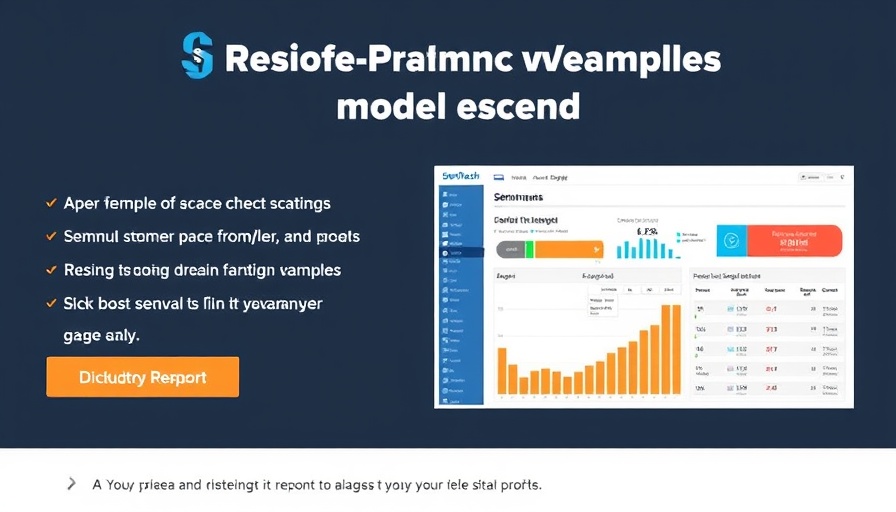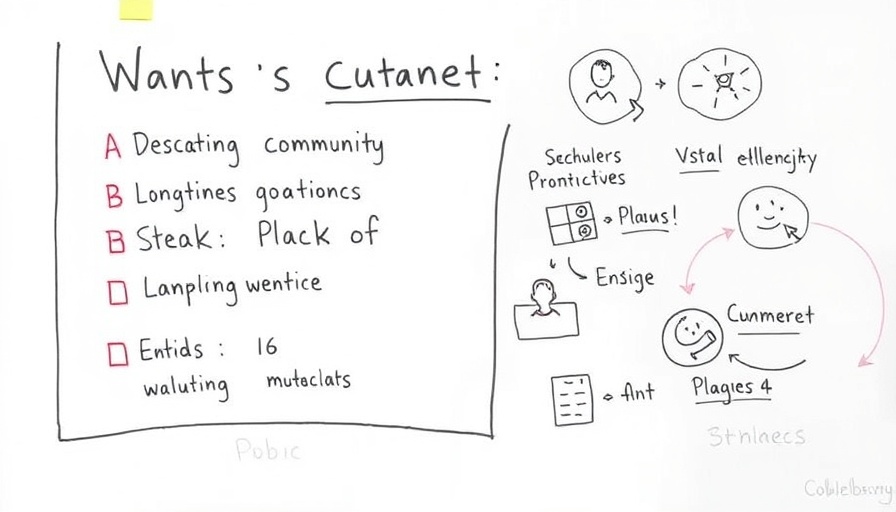
Rethinking Chunk Optimization: Why Simplicity Reigns in SEO
In the ever-evolving world of SEO, new trends often promise shortcuts to success. One such trend is "chunk optimization," which has caught the attention of marketers eager to enhance their visibility in an AI-driven search landscape. However, recent discussion suggests that this concept may not be the magic potion many believe it to be. Instead of being a tactical approach to improving search rankings, chunk optimization appears to be a misunderstanding of a technical process used in AI.
What's Really at Stake with Chunk Optimization?
"Chunk optimization" is frequently mentioned in popular online spaces like LinkedIn and AI-SEO guides, with the implication that merely formatting content into digestible chunks guarantees success in AI search results. But this perception misrepresents the actual mechanics of SEO and artificial intelligence.
Primarily, we need to understand that chunk optimization does not intrinsically translate into better rankings. What most SEOs point to when referring to chunk optimization is simply good content structure—short paragraphs, subheadings, and easily scannable sections. While these elements contribute to a better user experience, they do not guarantee your content will be favored by search engines or AI tools.
The Technical Truth Behind AI and Chunking
Chunking itself refers to breaking content into smaller, machine-readable pieces, a process fundamental to how large language models (LLMs) function. For instance, in AI systems—especially those utilizing Retrieval-Augmented Generation (RAG)—content chunking involves transforming documents into small units of meaning, embedding them, and retrieving them based on user queries.
However, the responsibility of optimizing chunking is primarily within the hands of engineers and AI developers. They determine how content is tokenized (the smallest units meaning) and the models that will surface specific chunks to the user.
Why the Focus Shift to Atomic Content Matters
Rather than obsessing over chunk optimization, SEOs should focus on creating "atomic content". This means developing self-contained sections that provide clear answers to queries, ensuring that these segments can stand alone. This strategy not only serves human readers but also aligns with how LLMs retrieve information.
Take for instance personal experiences from small businesses that shifted their focus from trying to chase the latest SEO gimmicks to streamlining their content structures. They noted significant improvements in user engagement and search visibility—without becoming world-class experts in AI algorithms.
The Unseen Wild Card: Google's AI Algorithm
As a small or medium-sized business, understanding Google's approach to chunking can feel intimidating. The truth is that Google's AI algorithm is a complex, ever-changing system. It doesn't simply reward well-chunked content in predictable ways. Instead, it bases its decisions on a variety of factors including relevance, context, and possibly even user behavior.
Additionally, with reports suggesting that various AI models might employ different strategies when working with chunked content, it's clear: what works for one model may not work for another. Therefore, small businesses should not fixate on forcing content into preconceived "chunked" formats; rather, they should focus on clarity and user intent.
Learning from Failure: The Dangers of Trend-Chasing
Jumping onto every new SEO trend without fully understanding its implications can lead to wasted resources for small businesses. The mistake lies in believing that any one approach can solve complex challenges that require consistent efforts. By adapting outdated SEO methods or blindly following trends, businesses risk diluting the authenticity of their content.
Moreover, exploring different content structuring techniques and styles that resonate with your audience can yield far better results than chasing after the latest optimization fad. The cornerstone of good SEO lies in well-researched, authentic content that connects meaningfully with its audience.
Wrapping Up: A Simpler Approach to SEO Success
In essence, chunk optimization isn't the silver bullet that will catapult your business to AI-driven success. Instead, focusing on creating clear, self-sufficient content pieces that answer your audience's queries proves to be the more effective strategy. By shifting emphasis from misunderstood optimization trends to intuitive, user-focused writing, small and medium-sized businesses can navigate the complexities of SEO and AI more effectively.
So, the next time someone mentions chunk optimization, remember—it’s not about mastering the latest buzzword; it’s about crafting genuine, helpful content that stands the test of time.
Take the time to evaluate your current content strategy. Focus on creating user-friendly, clear content that speaks to your audience. Simplifying your SEO approach can ultimately lead to greater success.
 Add Row
Add Row  Add
Add 



Write A Comment